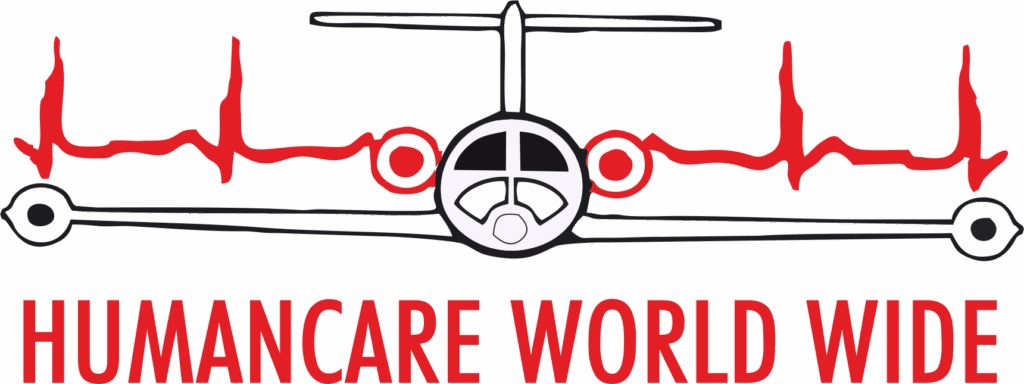The Life-Saving Role of Air Ambulances: A Closer Look
When seconds count in a medical emergency, air ambulances emerge as the unsung heroes of our healthcare system. These specialized aircraft, staffed with highly trained medical professionals, play a pivotal role in saving lives, especially in situations where rapid transport to a medical facility can mean the difference between life and death. In this blog post, we’ll take a closer look at the critical and life-saving role of air ambulance, highlighting their significance and impact on patient outcomes.
Swift Response to Critical Emergencies
- Speed: Air ambulance are renowned for their unmatched speed. They can reach even the most remote or inaccessible locations swiftly, ensuring that patients receive timely medical attention. In emergencies like severe traumas, heart attacks, or strokes, where every minute counts, this speed is invaluable.
- Accessibility: Unlike ground ambulances, which can be hindered by traffic congestion, road conditions, or geographical barriers, air ambulances can access almost any location, including accident scenes in rugged terrain, offshore islands, or remote wilderness.
Advanced Medical Care During Transit
- Medical Expertise: Air ambulances are staffed by highly skilled medical teams, which may include paramedics, nurses, and physicians. These professionals are trained to provide critical care in the air, ensuring that patients receive continuous attention and intervention during transit.
- Life-Saving Equipment: Air ambulances are equipped with state-of-the-art medical equipment, including advanced monitoring systems, ventilators, and even mobile operating rooms. This allows for immediate medical interventions, such as intubation, defibrillation, and administering medications.
Interfacility Transfers and Specialized Care
- Interfacility Transfers: Air ambulances facilitate seamless transfers between hospitals. When a patient requires specialized care at a distant medical facility, an air ambulance can transport them quickly and safely, reducing the time spent in transit.
- Specialized Teams: Certain medical conditions, such as neonatal emergencies, require specialized teams and equipment. Air ambulances are equipped to provide neonatal intensive care and can transport premature infants or critically ill newborns to hospitals with neonatal intensive care units (NICUs).
Mass Casualty Incidents and Disaster Response
- Mass Evacuation: In the aftermath of natural disasters, accidents, or mass casualty incidents, air ambulances play a crucial role in evacuating multiple patients simultaneously, ensuring that all individuals receive prompt medical attention.
- Rapid Response Teams: Air ambulance often include disaster response teams equipped to provide emergency medical care in disaster-stricken areas, offering a lifeline to those in need.
Conclusion
Air ambulances are the embodiment of life-saving speed and expertise in the world of emergency medical services. Their ability to rapidly transport critically ill or injured patients to the care they need is unparalleled. While they operate quietly in the background, their impact on patient outcomes is immeasurable. In life-threatening situations, the presence of an air ambulance can mean the difference between life and death, underscoring their indispensable role in our healthcare system.


